More than a century after his death, Private (Pte) Robert Kenneth Malcolm, a 23 year-old stretcher bearer from Stockton-on-Tees, has finally been laid to rest with full military honours and his war medals presented to his family.
The burial service, organised by the MOD’s Joint Casualty and Compassionate Centre (JCCC), also known as the ‘MOD War Detectives’, was held at the
Bedford House Cemetery, near Ypres, Belgium on 10 May 23.
His unidentified remains were recovered from a shell hole outside a German blockhouse in Fusilier Wood, near Klein-Zillebeke, Belgium in 2019. Royal Army Medical Corps (RAMC) insignia and a ‘Medical Orderly’ cloth patch were also recovered, indicating the soldier may have been a stretcher bearer.
After extensive research carried out by JCCC and DNA testing, the remains were identified as Pte Malcolm who was reported missing on 6 August 1917 – believed killed during shelling. With no remains recovered at the time of his death, he had been commemorated on the Menin Gate.
Rosie Barron, JCCC case lead said: “
The identification of Pte Malcolm was a long and at times complicated task, so it is very satisfying to have organised his burial service today and to have seen a positive conclusion to this case. Stretcher bearers such as Pte Malcolm were vital to the war effort. Without their dedication and bravery, many more men would have died on the battlefields. Pte Malcolm came from a large family. His mother and siblings died unaware of his fate and memory of Pte Malcolm had been lost through the generations. It has been a privillage therefore to have his great great nieces here today to see him laid to rest and to know that he will be remembered by future generations of his family who will now be able to visit his grave.”
Records uncovered during Rosie’s investigation showed that though Pte Malcolm’s medals were sent to his mother after the war, they were not delivered and so were returned and destroyed. The MOD Medal Office (MODMO) has therefore been able to reissue his 1914 Star with Clasp ‘5 Aug – 22 Nov 1914’, often referred to as ‘the Mons Star’, and the British War Medal and Victory Medal.
They were placed on top of the coffin as Pte Malcolm was carried to his grave, and afterwards they, and the flag which covered his casket, were presented to his family by Warrant Officer Class 2 (WO2) Adam Gregory of 202 (Midlands) Field Hospital, who led the bearer party.
Linda Jordan, Pte Malcolm’s great great niece, was one of two family members who provided positive DNA matches. She, and her sister, attended the burial service.
inda said: “
Getting a letter five months ago from JCCC suggesting I could be related to a fallen WW1 soldier, whose body had been recently discovered, was quite a shock. My family was unaware that our great grandmother had eleven siblings, one of whom was Pte Malcolm. It is fascinating how we were traced and the link confirmed through DNA testing. As Pte Malcolm had been missing for so long it was amazing and quite emotional to see the care that all those in the wider Army family have taken to identify and honour him. We were privileged to represent his family at his funeral. It is our way of respecting him and acknowledging the sacrifice he, and so many others, made in service of our country.”
WO2 Gregory said: “
It is an honour and an overwhelming privilege to be part of this burial service for a fallen WW1 comrade from the RAMC. Pte Malcolm has been placed alongside his brothers in arms whom all paid the ultimate sacrifice for their King and country. Pte Malcolm was a regular RAMC soldier supporting the citizen volunteers in a new Army unit. This is part of an historic event, and it is very befitting that a mix of Regular Army and Army Reservists from 202 (Midlands) Field Hospital have carried him on his final journey.”
The service was conducted by the Reverend Andrew Grant, Chaplain to 5th Regiment Royal Artillery, and a bearer party from 202 (Midlands) Field Hospital RAMC bore the coffin to the graveside.
The Reverend Grant said: “
I am greatly honoured to have been asked to conduct the burial service for Pte Robert Kenneth Malcolm of the Royal Army Medical Corps. The continuing work of identifying the remains of those killed in the World War 1, and bestowing upon them the full honours of a proper burial, are key to reminding ourselves that, despite the unimaginable numbers lost in the conflict, each soul whose life was cut short was a precious human being, and loved by someone. This can be so easily forgotten when death back then was meted out on such an industrial scale.”
The grave of Pte Malcolm will now be cared for in perpetuity by CWGC. Head of Commemorations Casework at the CWGC, Mel Donnelly, said:
“
We are very grateful to our partners in Belgium who conducted the painstaking excavation of the site near Fusilier Wood. Their professionalism ensured that the remains of a Commonwealth soldier recovered together with his insignia, enabling Private Malcolm to be identified. He can now be laid to rest alongside his comrades.”
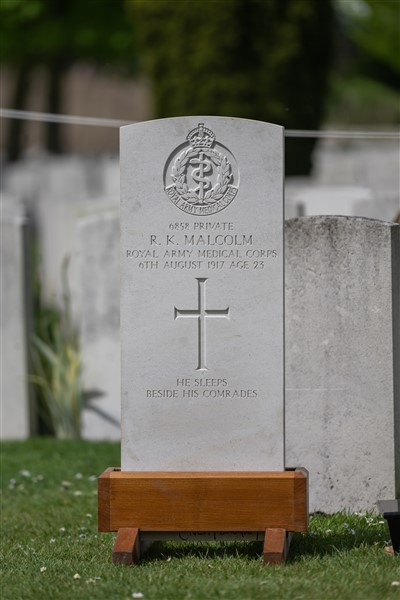 Pte Robert Kenneth Malcolm
Pte Robert Kenneth Malcolm
Pte Robert Kenneth Malcolm was born in Stockton-on-Tees, County Durham, in 1894. He was one of twelve children born to James Malcolm and his wife Mary Jane. His father moved to Stockton-on-Tees from Leith in Scotland as a teenager and worked in shipbuilding. Robert followed his father into the industry and worked as a rivet heater before enlisting into the RAMC.
At the outbreak of World War 1 Pte Malcolm was serving with 10th Field Ambulance which departed for the Western Front from Southampton on 22 August 1914, arriving in France the following day. 140th Field Ambulance arrived on the Western Front on 6 May 1916, and it appears that at some stage after this Pte Malcolm transferred to that, his final unit.
The work of a stretcher bearer was arduous, operating in or just behind the frontline to clear the wounded and carry them back down the line for treatment. They were unarmed, and during the Third Battle of Ypres also had to cope with poor weather and heavy mud whilst carrying a loaded stretcher.
Fusilier Wood had been captured by German forces in 1914 but recaptured by British Forces during the Battle of Messines in June 1917.
When the Third Battle of Ypres began on 31 July 1917, Fusilier Wood sat within the 41st Division sector and by this stage it was a wood in name only; the landscape having been transformed during 3 years of fighting.
124th Infantry Brigade held the frontline east of Fusilier Wood. On 5 August 1917, 32nd Battalion The Royal Fusiliers fought off enemy raids on ‘Jehovah’ and ‘Imperfect’ trenches. The area was heavily shelled that night and again on the afternoon and evening of 6 August 1917. 139th Field Ambulance were operating here during this period but, because of the high casualty rate, stretcher bearers of 138th and Pte Malcolm’s 140th Field Ambulances were attached to support.
An Advanced Aid Post was established in Fusilier Wood near a line of former German blockhouses. The war diaries of 139th Field Ambulance record that around 4pm on 6 August 1917, Pte Joseph Wilson and Pte Alfred Leslie Barton of 140th Field Ambulance were killed at ‘the Fusilier Aid Post’. Pte John Henry Johnson was wounded. Both Ptes Wilson and Barton are still missing and are commemorated on the Menin Gate.
Although not mentioned in the war diaries, Pte Malcolm was later reported as missing, believed killed in action the same day. His death was confirmed on 23 January 1918. It is thought Pte Malcolm was killed during the shelling in Fusilier Wood on 6 August 1917 but, unlike his comrades, his death was not immediately noted. He was also commemorated on the Menin Gate.
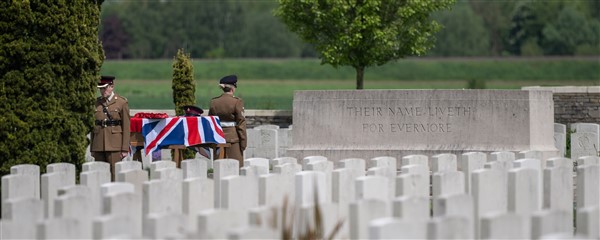
.jpg)
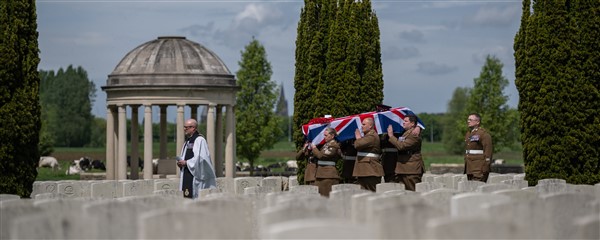
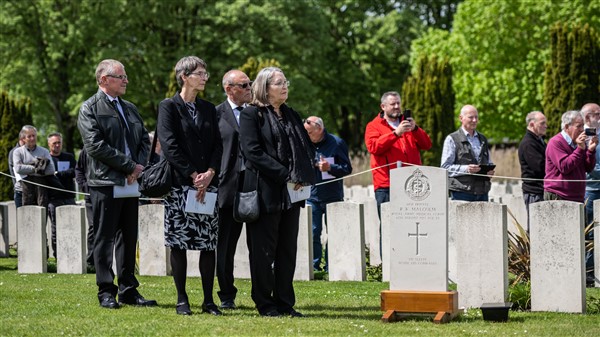
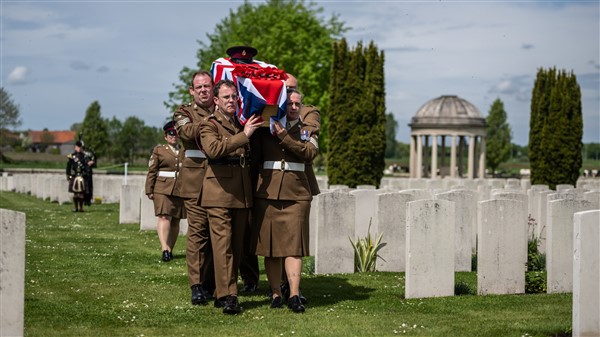
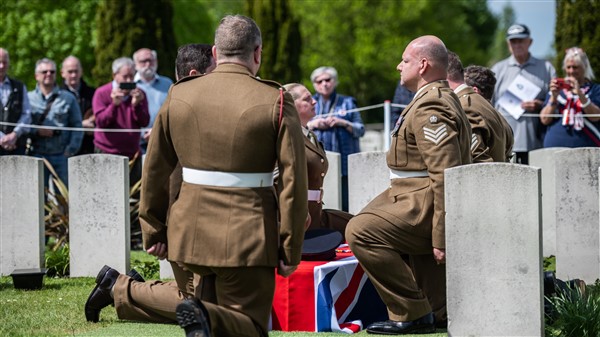
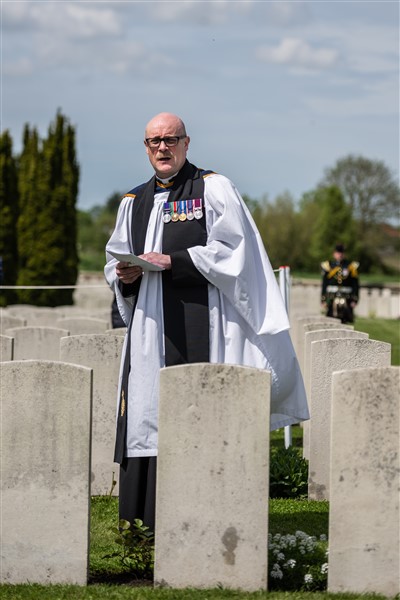
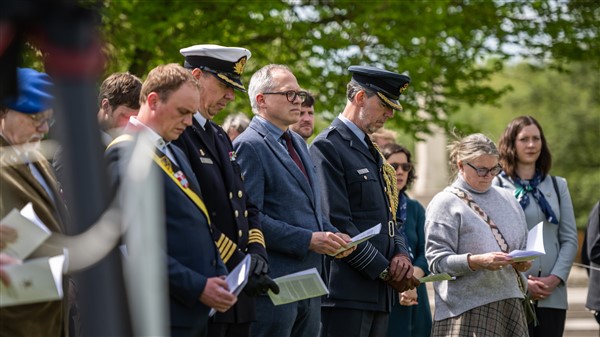
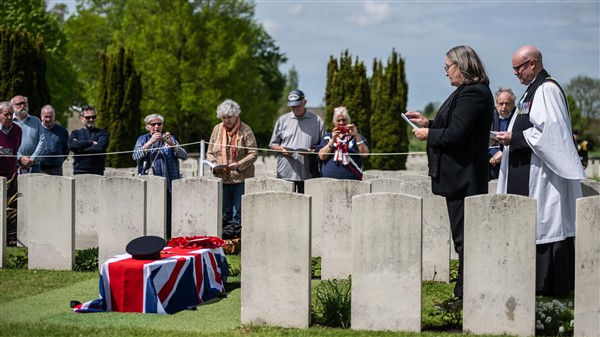
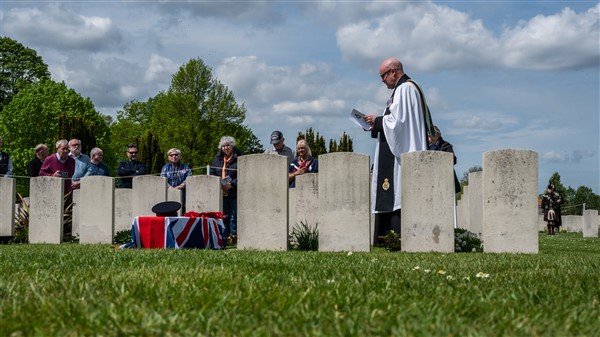
.jpg)
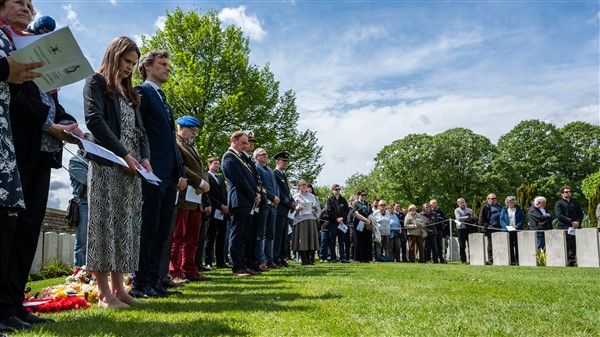
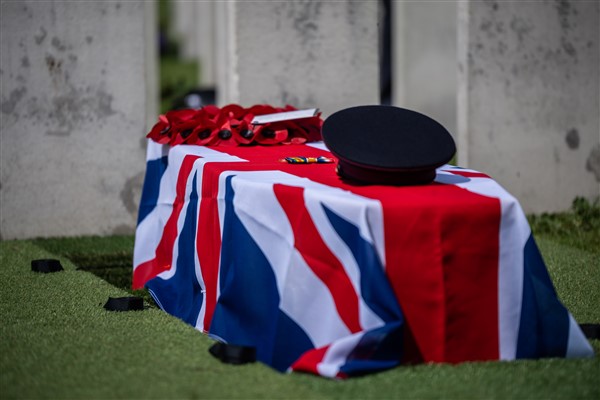
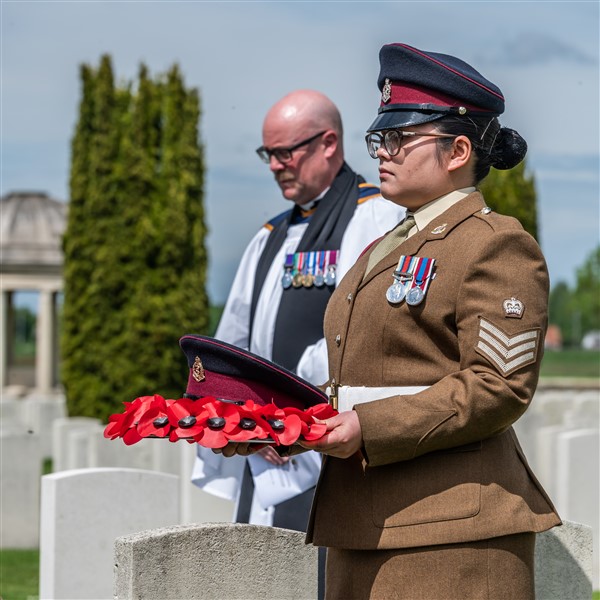
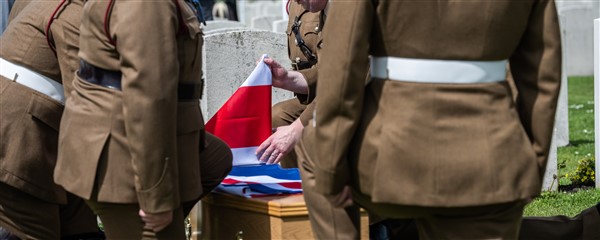
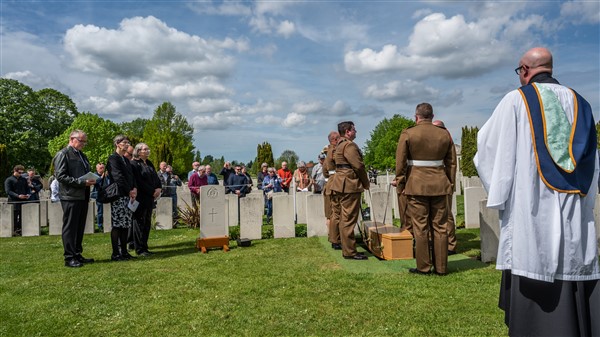
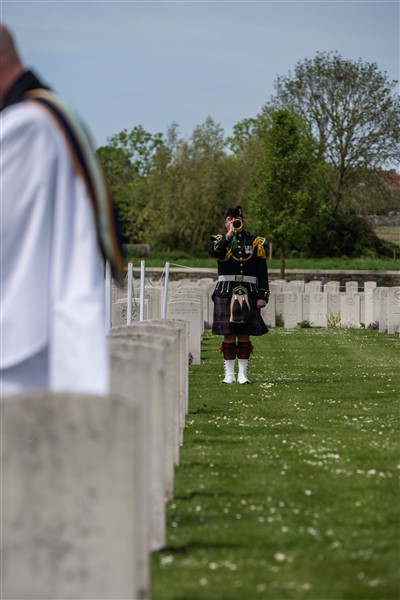
.jpg)
.jpg)
.jpg)
.jpg)
.jpg)
.jpg)
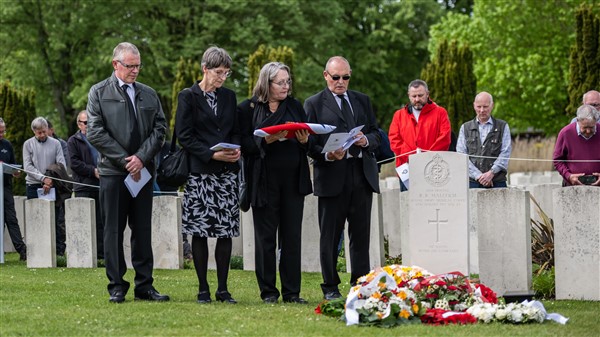
.jpg)
.jpg)
.jpg)
.jpg)
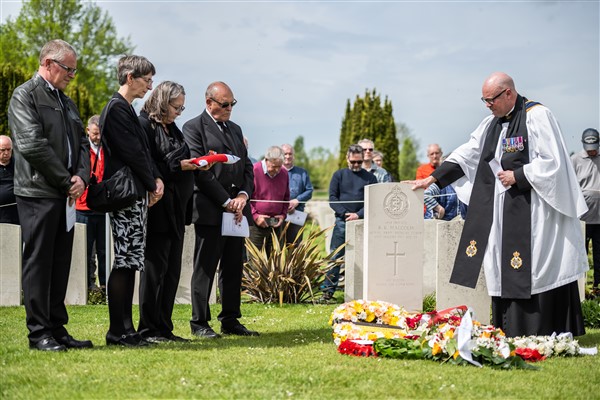
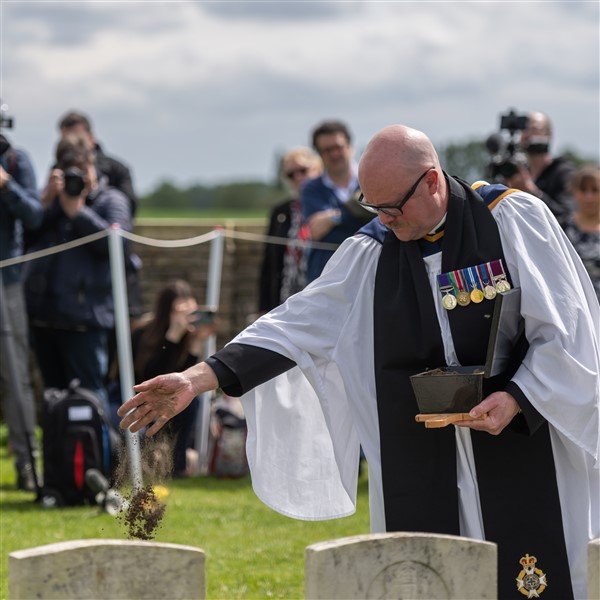
.jpg)
Page made by WO1.be / Greatwar.be - Foto's Eric Compernolle.